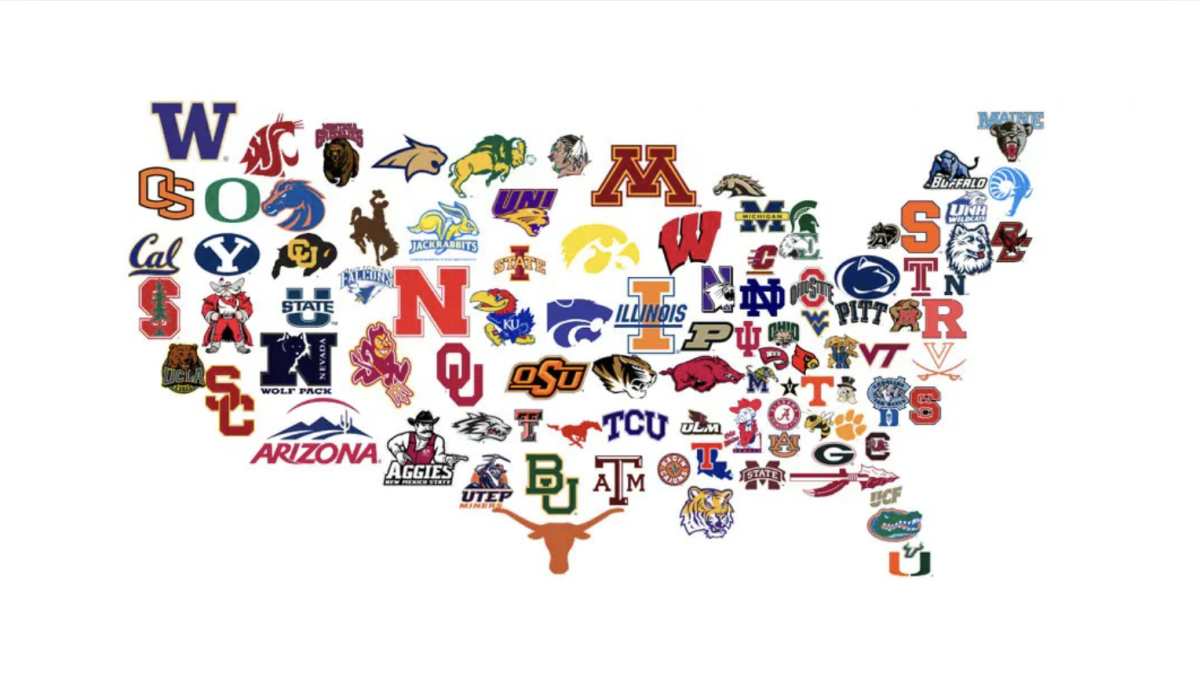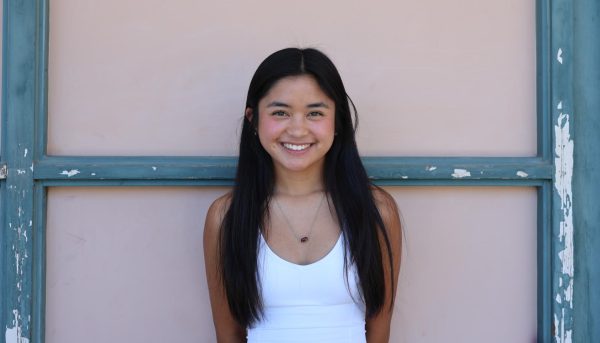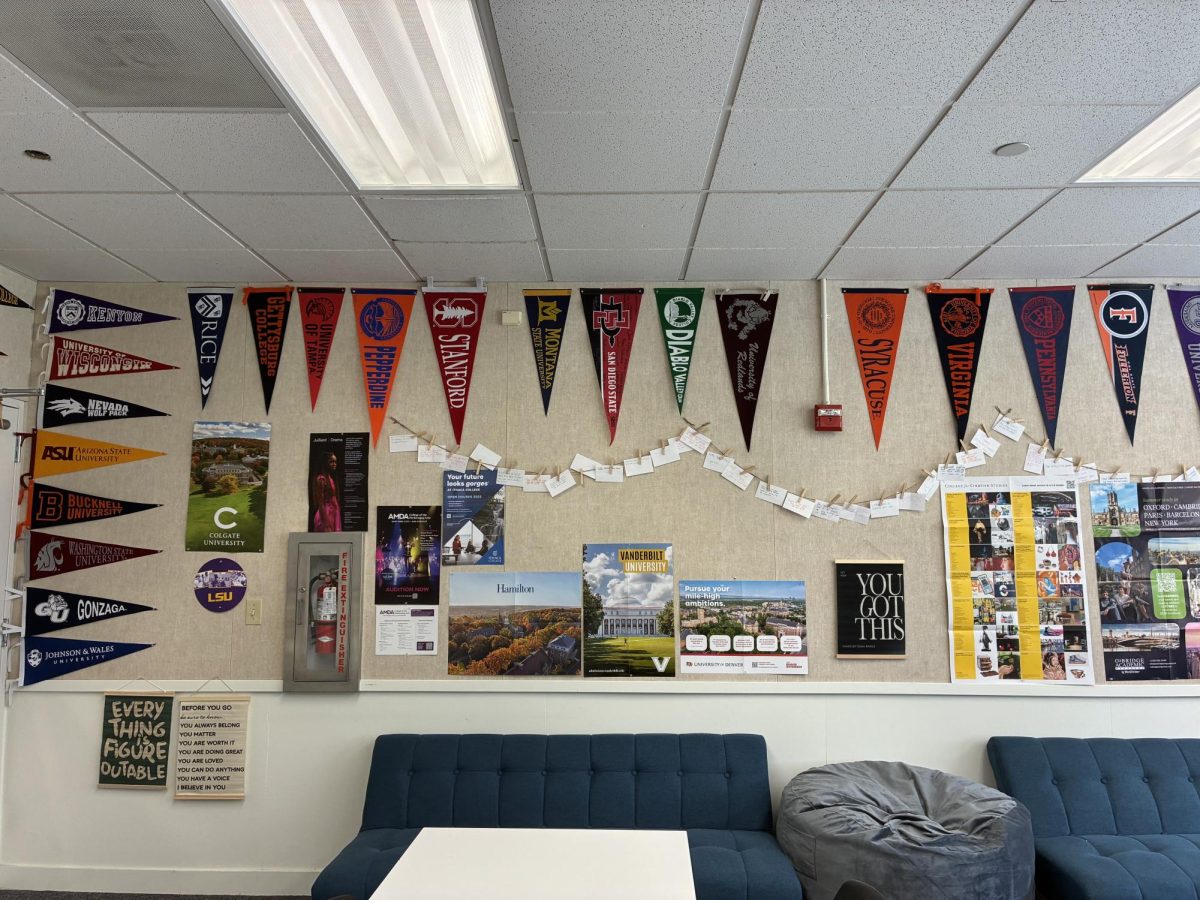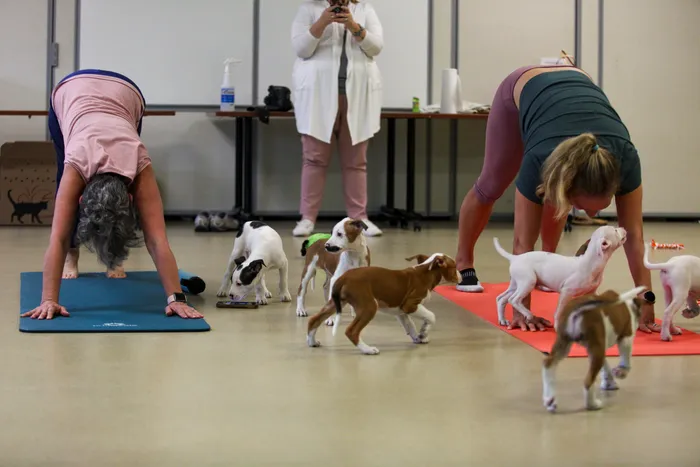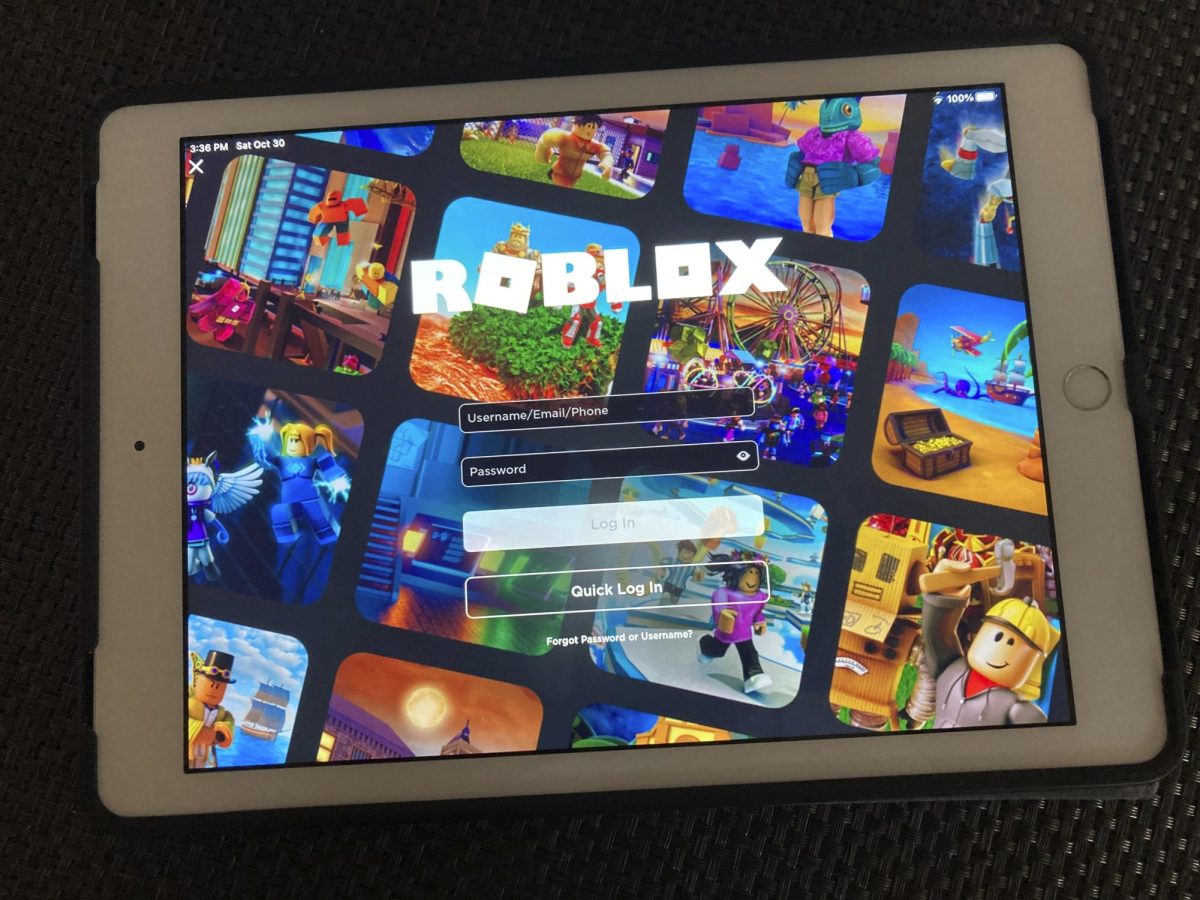For many student-athletes, the desire and decision to play in college begins at an early age. However, navigating the road of recruitment can prove to be a challenge. In order to gather more insight about college recruiting, two senior high school students and college commits, Sawyer Bohlig and Sadie Leal-Schuman, covered their recruitment journey and what they advise to athletes who are just beginning their path into collegiate athletics.
Both players began training for college recruitment well before college coaches could contact them.
“I knew I wanted to play lacrosse in college at the end of 7th grade, and my recruiting started from there,” Northwestern lacrosse commit Sawyer Bohlig said. “I started attending ID camps to explore various schools in eighth grade and then I started emailing schools to come to my club games freshman year,” Bohlig said. ID camps, or identification camps, are showcases where athletes compete in front of college coaches and recruiters. Players run through drills and scrimmages to exhibit their skills with other aspiring recruits outside of their club or high school teams.
Bohlig’s recruitment timeline during her first two years of high school were centered around playing in front of East Coast college coaches.
Sadie Leal-Schuman, a Stanford soccer commit, took a similar approach when starting her process.
“I technically started the recruiting process the summer before my freshman year, even though I couldn’t officially communicate with college coaches yet,” Leal-Schuman said. Exposure was the most critical part of recruiting for Leal-Schuman.
“This was super important — and I would say one of the most important aspects of recruitment — because it gave coaches easy opportunities to watch me play,” Leal-Schuman said. “I was sending hundreds of emails to a multitude of schools about my tournament and game schedules, updates on my academics and athletics, thank-you notes, and follow-ups after attending ID camps.”
When it comes to the most crucial parts of the recruiting process, apart from all the visits and emails, both Bohlig and Leal-Schuman believe that it is important to keep an open mind to all schools.
“Remember that you want to pick a place where you can see yourself going there as a student as well as an athlete,” Bohlig said.
Leal-Schuman and Bohlig committed early in relation to the rule of the recruitment process. The official opening of direct communication was Sept. 1 of junior year for lacrosse and June 15 after sophomore year for soccer. Bohlig committed to Northwestern soon after her official visit on Sept. 13, while Leal-Schuman committed in mid-September of her junior year.
Although both athletes were successful in getting into prestigious schools, the process had its challenges.
“The hardest part for me was the mental side of it — trying not to compare yourself to the people around you that are also going through it, whether that be your teammates who are looking at similar schools or girls who are really good at ID camps,” Bohlig said.
The work put into recruitment can put a lot of pressure on athletes, especially mentally. Leal-Schuman echoed that the anticipation was a concern for her.
“The hardest part of the recruiting process was definitely the uncertainty and the waiting,” Leal-Schuman said. “Before June 15, it was super hard to know which schools had genuine interest, and it was easy to stress about how everything would work out.” To counteract such weight, both athletes highlighted the importance of focusing on one’s own path.
“Some advice I have that could help with this is to remind yourself that everyone has a different recruiting process and there is not one right way to go about it,” Bohlig said.
Compared to Bohlig’s advice on managing mental challenges, Leal-Schuman touched on the significance of what persistence, focus, and hard work contributed to her recruitment.
“My advice is to focus on what you can control — improving as a player, winning your games (since the top schools often recruit from the top clubs), staying on top of your academics so they don’t hold you back, and continuing to reach out to coaches,” Leal-Schuman said.
The recruiting process can become overwhelming, especially as athletes juggle schoolwork, club commitments, travel, and the pressure to stand out. With the constant push to impress, it can feel mentally draining or an athlete could become anxious about falling behind. Staying grounded and focusing on manageable goals helps ease that pressure.
“I would say when you’re feeling overwhelmed with the recruiting process, take a step back and remind yourself why you play that sport in the first place,” Bohlig said. “You want to play in college because you love playing a certain sport and it’s easy to lose sight of that when you are focusing on recruiting and trying to get noticed.”
When offering advice to future recruits, Bohlig and Leal-Schuman touch on the importance of humility and not losing sight of the sport one enjoys.
“Enjoy the process and always remember coaches are recruiting you as a person just as much as you as a player,” Bohlig said.
“And, most importantly, be the best version of yourself both athletically and academically, because that’s what will give you the most opportunities in the long run,” Leal-Schuman said.
The recruitment process is not one-dimensional, with some taking years before committing and others who might commit earlier. Through stages of preparation, determination, and focus on individual growth, a student-athlete can find the right school that aligns with their desires both on and off the playing field. Ultimately, the recruiting process is as much about personal development and resilience as it is about athletic talent.

